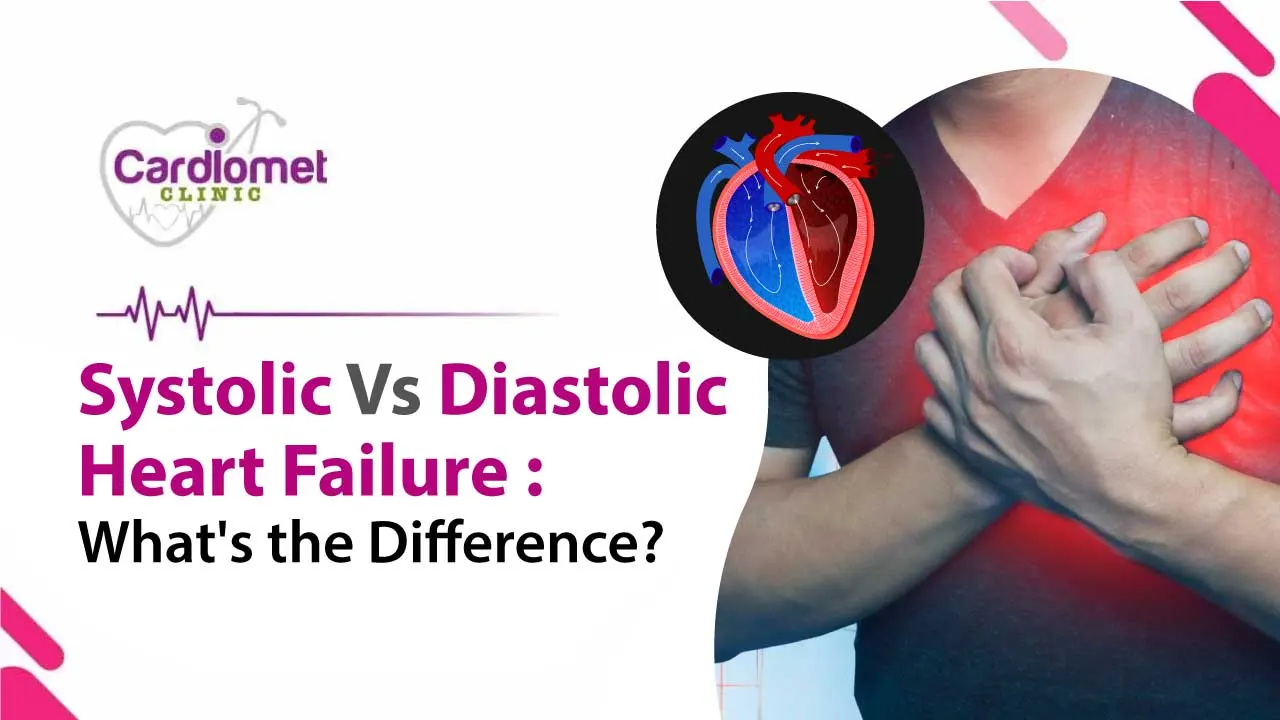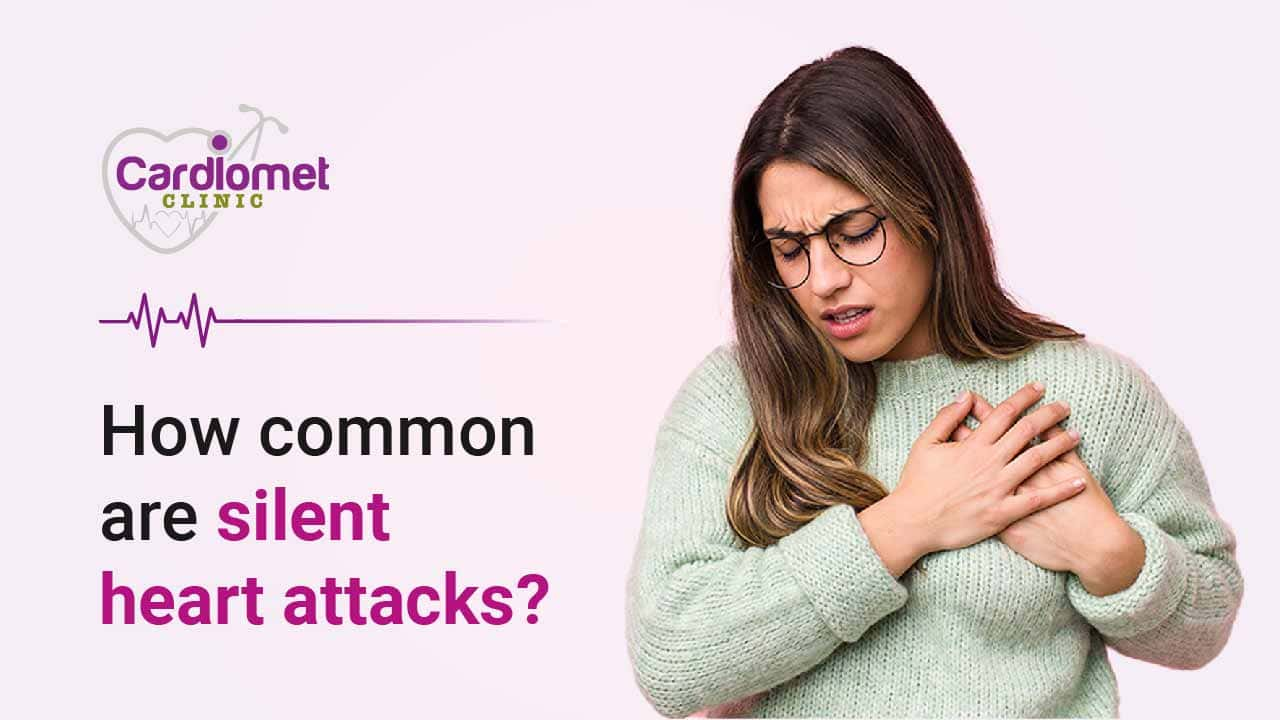Systolic vs. Diastolic Heart Failure: Know the Difference?
If you or a loved one is living with heart failure, it's important to understand the nuances between different types of this condition.
While there are many classifications for heart failure, including systolic and diastolic, many people don't know how to distinguish them.
That’s why today we’re exploring the differences between systolic and diastolic heart failure and what these mean in terms of managing symptoms and improving your overall quality of life.
By understanding the distinction between these conditions as well as which signs can indicate which type, you will be more informed when discussing your care options with medical professionals.


- You can jump on :
Systolic heart failure
Systolic heart failure is the most common type of this condition.
It happens when the left ventricle of your heart is unable to pump sufficiently, resulting in a decreased cardiac output and an inability to supply your body with enough oxygenated blood.
This can lead to fatigue, shortness of breath, swelling in the feet and ankles, as well as other uncomfortable symptoms.
Treatment for systolic heart failure typically involves medications such as diuretics or ACE inhibitors that help reduce blood pressure and improve blood flow.
Diastolic heart failure
On the other hand, diastolic heart failure occurs when the left ventricle of your heart is unable to relax properly or fill up with enough blood during each beat.
This can cause fluid retention in the lungs and other organs, resulting in shortness of breath and fatigue.
Treatment for this type of heart failure typically involves medications that help improve relaxation of the left ventricle as well as diuretics to reduce fluid buildup.
In addition, lifestyle changes such as regular exercise and eating a healthy diet may be recommended to help manage symptoms.
Key differences between Systolic vs. Diastolic Heart Failure
Systolic and diastolic heart failure each involve the left ventricle of the heart, but they have distinct differences.
Systolic heart failure occurs when the left ventricle fails to contract properly and eject enough blood during each beat. This is known as a “pumping” problem in which the heart cannot effectively deliver oxygen-rich blood to the rest of the body.
Diastolic heart failure occurs when the left ventricle cannot properly relax and fill with enough blood during each beat.
This is known as a “filling” problem in which an inadequate amount of oxygen-rich blood passes through to be pumped to other parts of the body.
Both types of heart failure can lead to similar symptoms such as fatigue, feeling weak, or having difficulty breathing or catching your breath.
However, systolic heart failure is generally more dangerous and requires more aggressive treatment than diastolic heart failure.
Causes of Systolic & Diastolic Heart failures
The causes of systolic and diastolic heart failure differ as well.
Common causes of systolic heart failure include high blood pressure, coronary artery disease, and diabetes.
Diastolic heart failure is typically caused by conditions such as hypertrophic cardiomyopathy or aortic stenosis that prevent the left ventricle from relaxing properly.
Other possible causes include an overactive thyroid gland, anemia, and certain medications that cause fluid retention.
What to do when one faces heart failure?
If you think you are experiencing heart failure, it is important to get medical attention right away.
Your doctor will be able to diagnose and treat the condition accordingly. Treatment for heart failure will depend on what type of heart failure you have (systolic or diastolic) as well as your overall health.
Treatment may involve medications such as diuretics, angiotensin-converting enzyme (ACE) inhibitors, beta-blockers, or other drugs designed to improve your heart's function; lifestyle changes like increased exercise and healthy eating; or, in more serious cases, surgery may be necessary.
Prognosis & Outlook for Systolic & Diastolic Heart Failures
The outlook for both types of heart failure can vary depending on the severity of the condition.
However, if treated early and managed with lifestyle changes and/or medication, most people with either systolic or diastolic heart failure can lead relatively normal lives.
Overall, it’s important to understand the differences between systolic and diastolic heart failure in order to properly manage your condition and ensure that you are receiving the best possible care.
If you have any questions or concerns about your health, be sure to talk to your doctor for more information.




